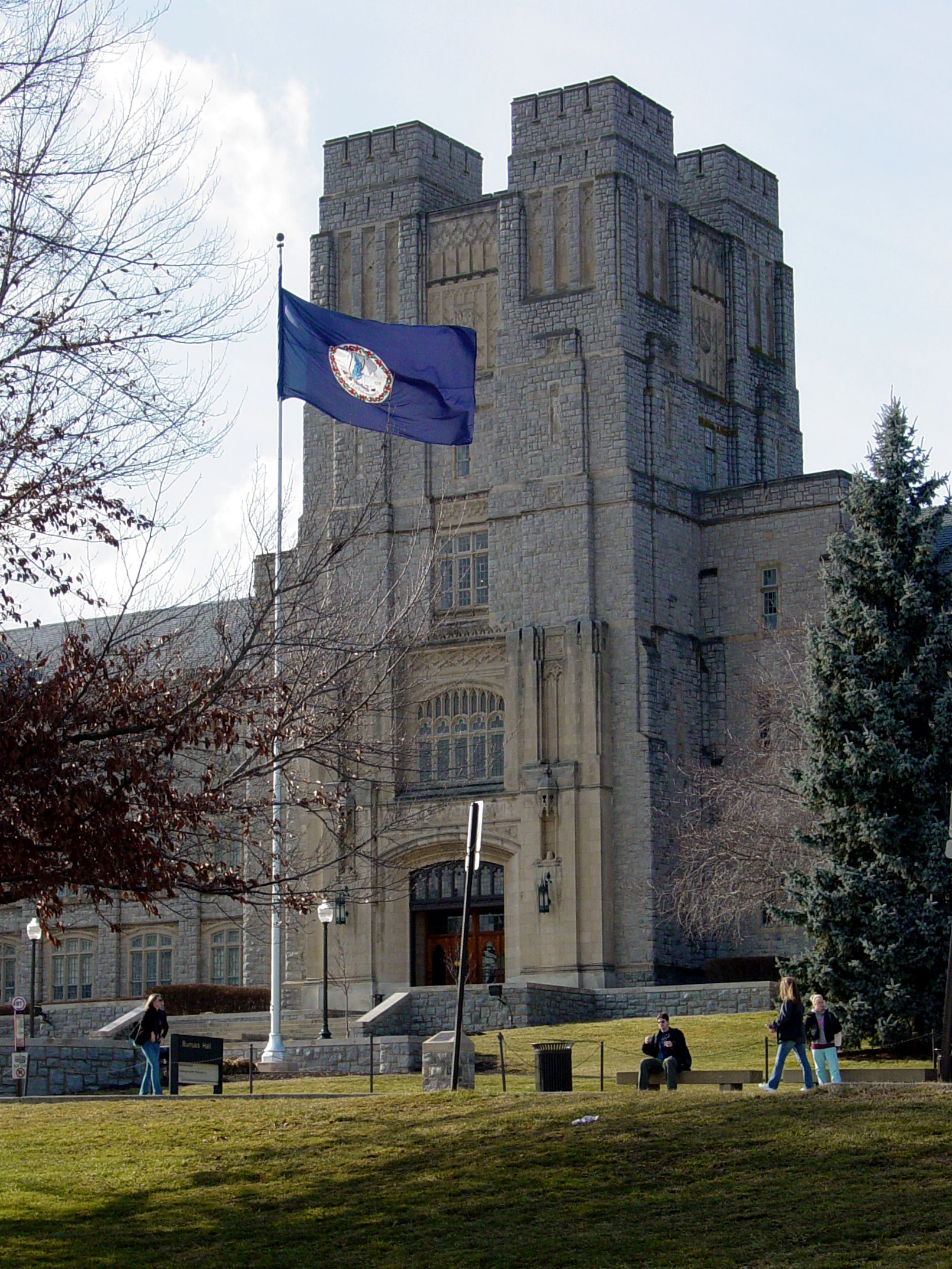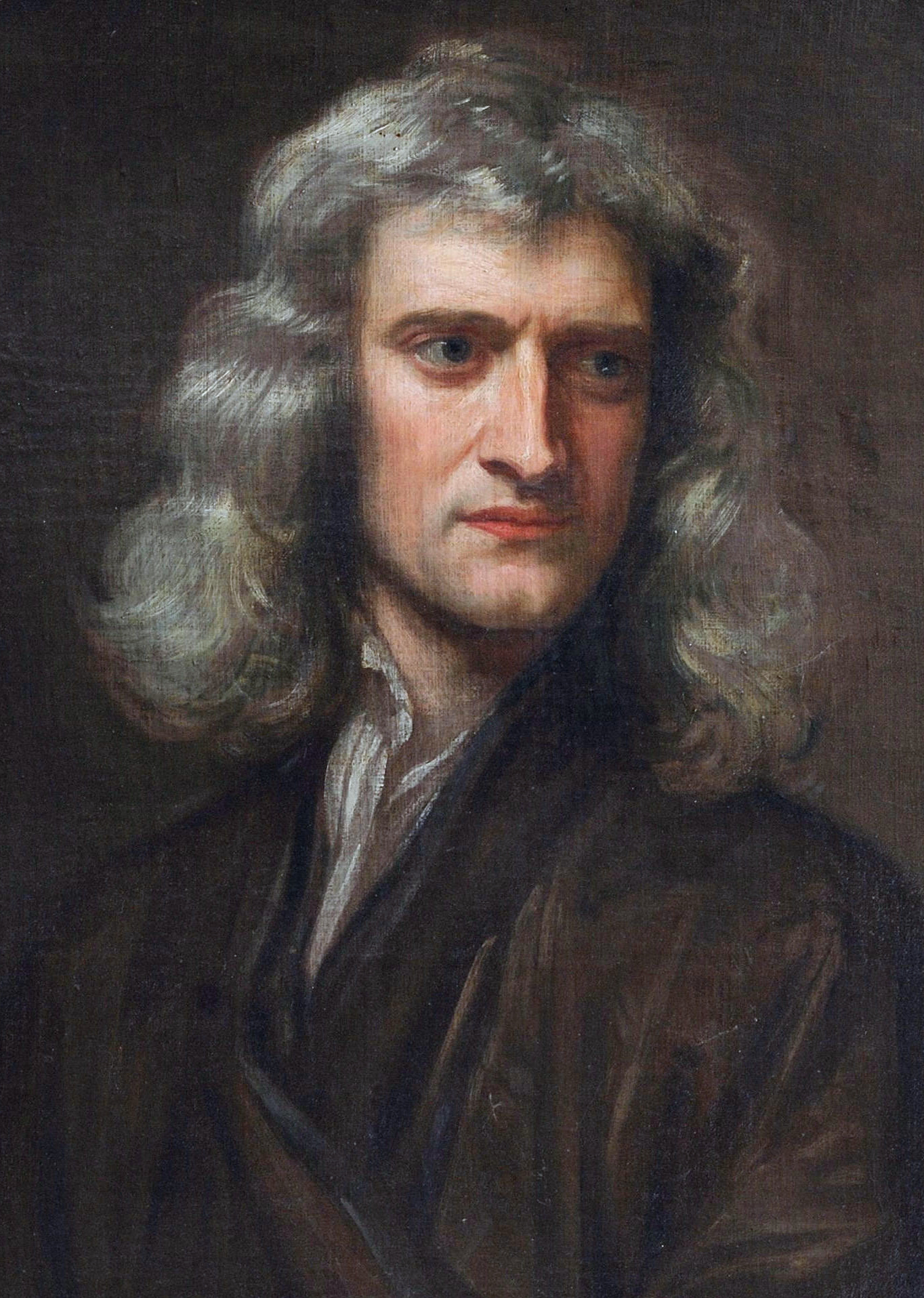|
Total Derivative
In mathematics, the total derivative of a function at a point is the best linear approximation near this point of the function with respect to its arguments. Unlike partial derivatives, the total derivative approximates the function with respect to all of its arguments, not just a single one. In many situations, this is the same as considering all partial derivatives simultaneously. The term "total derivative" is primarily used when is a function of several variables, because when is a function of a single variable, the total derivative is the same as the ordinary derivative of the function. The total derivative as a linear map Let U \subseteq \R^n be an open subset. Then a function f:U \to \R^m is said to be (totally) differentiable at a point a\in U if there exists a linear transformation df_a:\R^n \to \R^m such that :\lim_ \frac=0. The linear map df_a is called the (total) derivative or (total) differential of f at a. Other notations for the total derivative inc ... [...More Info...] [...Related Items...] OR: [Wikipedia] [Google] [Baidu] |
Mathematics
Mathematics is a field of study that discovers and organizes methods, Mathematical theory, theories and theorems that are developed and Mathematical proof, proved for the needs of empirical sciences and mathematics itself. There are many areas of mathematics, which include number theory (the study of numbers), algebra (the study of formulas and related structures), geometry (the study of shapes and spaces that contain them), Mathematical analysis, analysis (the study of continuous changes), and set theory (presently used as a foundation for all mathematics). Mathematics involves the description and manipulation of mathematical object, abstract objects that consist of either abstraction (mathematics), abstractions from nature orin modern mathematicspurely abstract entities that are stipulated to have certain properties, called axioms. Mathematics uses pure reason to proof (mathematics), prove properties of objects, a ''proof'' consisting of a succession of applications of in ... [...More Info...] [...Related Items...] OR: [Wikipedia] [Google] [Baidu] |
Composite Function
In mathematics, the composition operator \circ takes two functions, f and g, and returns a new function h(x) := (g \circ f) (x) = g(f(x)). Thus, the function is applied after applying to . (g \circ f) is pronounced "the composition of and ". Reverse composition, sometimes denoted f \mapsto g , applies the operation in the opposite order, applying f first and g second. Intuitively, reverse composition is a chaining process in which the output of function feeds the input of function . The composition of functions is a special case of the composition of relations, sometimes also denoted by \circ. As a result, all properties of composition of relations are true of composition of functions, such as associativity. Examples * Composition of functions on a finite set: If , and , then , as shown in the figure. * Composition of functions on an infinite set: If (where is the set of all real numbers) is given by and is given by , then: * If an airplane's altitude at time&nb ... [...More Info...] [...Related Items...] OR: [Wikipedia] [Google] [Baidu] |
Virginia Tech
The Virginia Polytechnic Institute and State University, commonly referred to as Virginia Tech (VT), is a Public university, public Land-grant college, land-grant research university with its main campus in Blacksburg, Virginia, United States. It was founded as the Virginia Agricultural and Mechanical College in 1872. The university also has educational facilities in six regions statewide, a research center in Punta Cana, Dominican Republic, and a study-abroad site in Riva San Vitale, Switzerland. Through its Virginia Tech Corps of Cadets, Corps of Cadets Reserve Officers' Training Corps, ROTC program, Virginia Tech is a United States Senior Military College, senior military college. Virginia Tech offers 280 undergraduate and graduate degree programs to its 37,000 students; as of 2016, it was the state's second-largest public university by enrollment. It is Carnegie Classification of Institutions of Higher Education, classified among "R1: Doctoral Universities – Very high r ... [...More Info...] [...Related Items...] OR: [Wikipedia] [Google] [Baidu] |
Cramer's Rule
In linear algebra, Cramer's rule is an explicit formula for the solution of a system of linear equations with as many equations as unknowns, valid whenever the system has a unique solution. It expresses the solution in terms of the determinants of the (square) coefficient matrix and of matrices obtained from it by replacing one column by the column vector of right-sides of the equations. It is named after Gabriel Cramer, who published the rule for an arbitrary number of unknowns in 1750, although Colin Maclaurin also published special cases of the rule in 1748, and possibly knew of it as early as 1729. Cramer's rule, implemented in a naive way, is computationally inefficient for systems of more than two or three equations. In the case of equations in unknowns, it requires computation of determinants, while Gaussian elimination produces the result with the same (up to a constant factor independent of ) computational complexity as the computation of a single determinant. Moreo ... [...More Info...] [...Related Items...] OR: [Wikipedia] [Google] [Baidu] |
Comparative Statics
In economics, comparative statics is the comparison of two different economic outcomes, before and after a change in some underlying exogenous variable, exogenous parameter. As a type of ''static analysis'' it compares two different economic equilibrium, equilibrium states, after the process of adjustment (if any). It does not study the motion towards equilibrium, nor the process of the change itself. Comparative statics is commonly used to study changes in supply and demand when analyzing a single Market (economics), market, and to study changes in monetary policy, monetary or fiscal policy when analyzing the whole macroeconomics, economy. Comparative statics is a tool of analysis in microeconomics (including general equilibrium analysis) and macroeconomics. Comparative statics was formalized by Sir John Richard Hicks, John R. Hicks (1939) and Paul A. Samuelson (1947) (Kehoe, 1987, p. 517) but was presented graphically from at least the 1870s. For models of stable equili ... [...More Info...] [...Related Items...] OR: [Wikipedia] [Google] [Baidu] |
Exogenous Variable
In an economic model, an exogenous variable is one whose measure is determined outside the model and is imposed on the model, and an exogenous change is a change in an exogenous variable.Mankiw, N. Gregory. ''Macroeconomics'', third edition, 1997.Varian, Hal R., ''Microeconomic Analysis'', third edition, 1992.Chiang, Alpha C. ''Fundamental Methods of Mathematical Economics'', third edition, 1984. In contrast, an endogenous variable is a variable whose measure is determined by the model. An endogenous change is a change in an endogenous variable in response to an exogenous change that is imposed upon the model. The term ' endogeneity' in econometrics has a related but distinct meaning. An endogenous random variable is correlated with the error term in the econometric model, while an exogenous variable is not. Examples In the LM model of interest rate determination, the supply of and demand for money Money is any item or verifiable record that is generally accepted as payment ... [...More Info...] [...Related Items...] OR: [Wikipedia] [Google] [Baidu] |
Supply And Demand
In microeconomics, supply and demand is an economic model of price determination in a Market (economics), market. It postulates that, Ceteris_paribus#Applications, holding all else equal, the unit price for a particular Good (economics), good or other traded item in a perfect competition, perfectly competitive market, will vary until it settles at the market clearing, market-clearing price, where the quantity demanded equals the quantity supplied such that an economic equilibrium is achieved for price and quantity transacted. The concept of supply and demand forms the theoretical basis of modern economics. In situations where a firm has market power, its decision on how much output to bring to market influences the market price, in violation of perfect competition. There, a more complicated model should be used; for example, an oligopoly or product differentiation, differentiated-product model. Likewise, where a buyer has market power, models such as monopsony will be more a ... [...More Info...] [...Related Items...] OR: [Wikipedia] [Google] [Baidu] |
Economics
Economics () is a behavioral science that studies the Production (economics), production, distribution (economics), distribution, and Consumption (economics), consumption of goods and services. Economics focuses on the behaviour and interactions of Agent (economics), economic agents and how economy, economies work. Microeconomics analyses what is viewed as basic elements within economy, economies, including individual agents and market (economics), markets, their interactions, and the outcomes of interactions. Individual agents may include, for example, households, firms, buyers, and sellers. Macroeconomics analyses economies as systems where production, distribution, consumption, savings, and Expenditure, investment expenditure interact; and the factors of production affecting them, such as: Labour (human activity), labour, Capital (economics), capital, Land (economics), land, and Entrepreneurship, enterprise, inflation, economic growth, and public policies that impact gloss ... [...More Info...] [...Related Items...] OR: [Wikipedia] [Google] [Baidu] |
Wheeler–Feynman Absorber Theory
The Wheeler–Feynman absorber theory (also called the Wheeler–Feynman time-symmetric theory), named after its originators, the physicists Richard Feynman and John Archibald Wheeler, is a theory of electrodynamics based on a relativistic correct extension of action at a distance electron particles. The theory postulates no independent electromagnetic field. Rather, the whole theory is encapsulated by the Lorentz-invariant action S of particle trajectories a^\mu(\tau),\,\, b^\mu(\tau),\,\, \cdots defined as S = -\sum_ m_a c \int \sqrt + \sum_ \frac \int \int \delta(ab_\mu ab^\mu) \, da_\nu db^\nu, where ab_\mu \equiv a_\mu - b_\mu. The absorber theory is invariant under time-reversal transformation, consistent with the lack of any physical basis for microscopic time-reversal symmetry breaking. Another key principle resulting from this interpretation, and somewhat reminiscent of Mach's principle and the work of Hugo Tetrode, is that elementary particles are not self-intera ... [...More Info...] [...Related Items...] OR: [Wikipedia] [Google] [Baidu] |
Generalized Coordinates
In analytical mechanics, generalized coordinates are a set of parameters used to represent the state of a system in a configuration space. These parameters must uniquely define the configuration of the system relative to a reference state.p. 397, §7.2.1 Selection of generalized coordinates/ref> The generalized velocities are the time derivatives of the generalized coordinates of the system. The adjective "generalized" distinguishes these parameters from the traditional use of the term "coordinate" to refer to Cartesian coordinates. An example of a generalized coordinate would be to describe the position of a pendulum using the angle of the pendulum relative to vertical, rather than by the x and y position of the pendulum. Although there may be many possible choices for generalized coordinates for a physical system, they are generally selected to simplify calculations, such as the solution of the equations of motion for the system. If the coordinates are independent of one ... [...More Info...] [...Related Items...] OR: [Wikipedia] [Google] [Baidu] |
Lagrangian Mechanics
In physics, Lagrangian mechanics is a formulation of classical mechanics founded on the d'Alembert principle of virtual work. It was introduced by the Italian-French mathematician and astronomer Joseph-Louis Lagrange in his presentation to the Turin Academy of Science in 1760 culminating in his 1788 grand opus, ''Mécanique analytique''. Lagrangian mechanics describes a mechanical system as a pair consisting of a configuration space (physics), configuration space ''M'' and a smooth function L within that space called a ''Lagrangian''. For many systems, , where ''T'' and ''V'' are the Kinetic energy, kinetic and Potential energy, potential energy of the system, respectively. The stationary action principle requires that the Action (physics)#Action (functional), action functional of the system derived from ''L'' must remain at a stationary point (specifically, a Maximum and minimum, maximum, Maximum and minimum, minimum, or Saddle point, saddle point) throughout the time evoluti ... [...More Info...] [...Related Items...] OR: [Wikipedia] [Google] [Baidu] |




